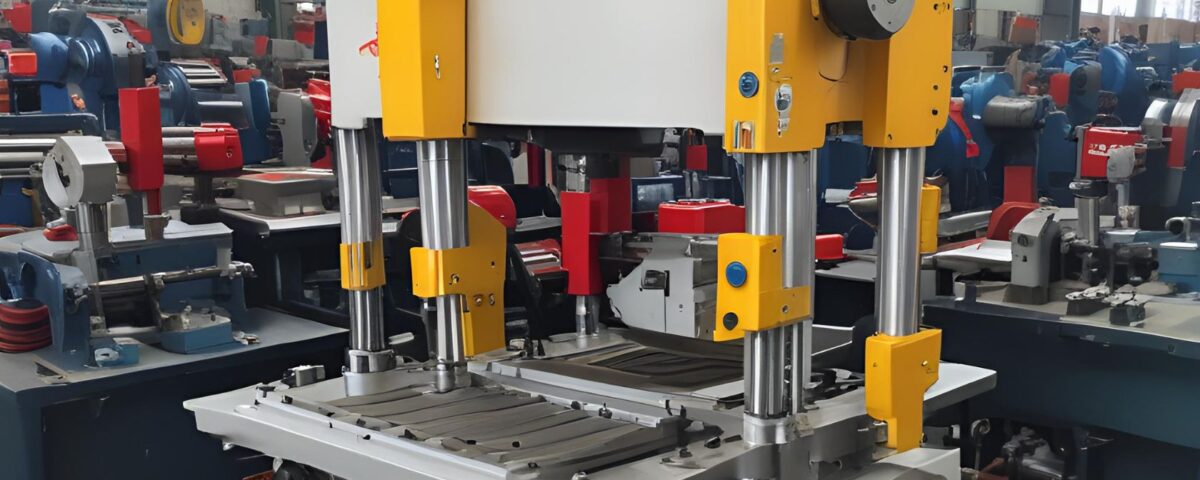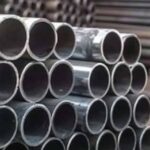
Analyzing Performance Differences of Q345 Steel Grades: A to E
4 June 2024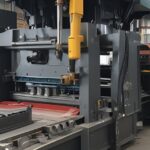
Guide to Metal Fabrication: Exploring the World of Sheet Metal
11 June 2024Enhance Your Manufacturing with Precision Stamped Aluminum Parts – Contact Us Now!
Stamping Aluminum
Stamping aluminum is a crucial process in the manufacturing industry, involving the use of specialized machinery to shape and cut aluminum into desired forms. This method is widely used in various sectors, including automotive, aerospace, electronics, and consumer goods. In this comprehensive guide, we will delve into the intricacies of stamping aluminum, covering its benefits, applications, process, and key considerations to ensure optimal results. Whether you are a manufacturer, engineer, or industry professional, this article will provide valuable insights to enhance your understanding of stamping aluminum.
What is Stamping Aluminum?
Stamping aluminum refers to the process of using a stamping press to deform and shape aluminum sheets into specific designs and configurations. This is achieved by placing the aluminum sheet in a die and applying pressure through a stamping machine. The die contains the desired shape, and the force exerted by the press causes the aluminum to conform to this shape. Stamping is a versatile technique that allows for the production of complex and precise parts with high efficiency and repeatability.
Benefits of Stamping Aluminum
1. Lightweight and Durable
Aluminum is known for its excellent strength-to-weight ratio, making it an ideal material for applications where weight reduction is essential without compromising structural integrity. Stamping aluminum allows manufacturers to create lightweight yet durable components suitable for various industries.
2. Corrosion Resistance
Aluminum naturally forms a protective oxide layer that enhances its resistance to corrosion. This property is particularly advantageous in environments exposed to moisture, chemicals, and extreme temperatures, ensuring the longevity of stamped aluminum parts.
3. Cost-Effective
Stamping aluminum is a cost-effective manufacturing method due to its high production speed and minimal material wastage. The ability to produce large quantities of parts in a short time frame reduces labor and production costs, making it an economically viable option for mass production.
4. Versatility
The stamping process can be adapted to create a wide range of shapes and sizes, from simple flat sheets to intricate three-dimensional components. This versatility makes stamping aluminum suitable for various applications, including automotive body panels, electronic enclosures, and consumer electronics.
5. Recyclability
Aluminum is highly recyclable, making it an environmentally friendly choice for manufacturers. Stamped aluminum scrap can be easily recycled and reused, reducing the overall environmental impact of the production process.
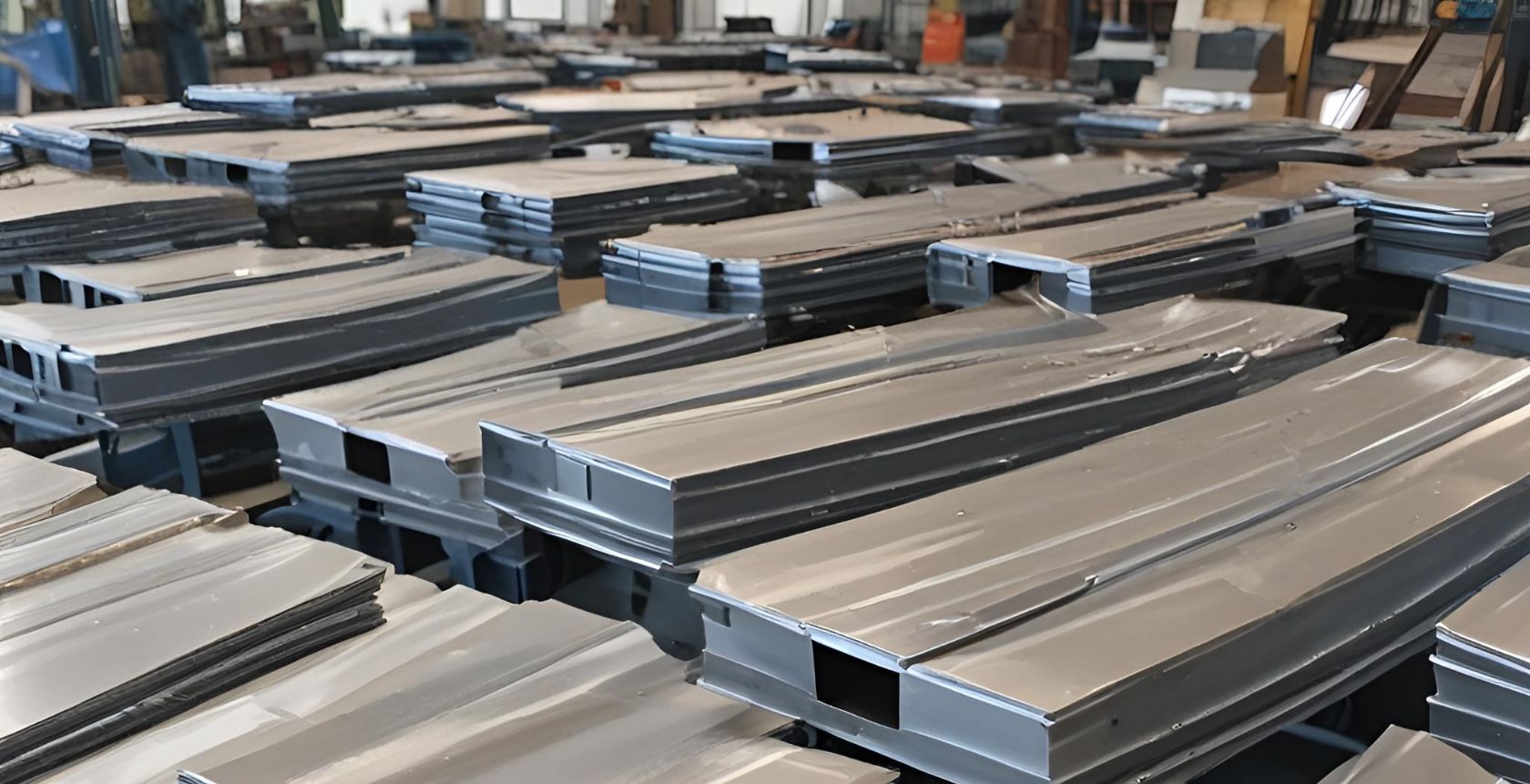
Applications of Stamping Aluminum
| Industry | Applications | Benefits |
|---|---|---|
| Automotive | Body panels, chassis components, structural parts | Lightweight, improved fuel efficiency, reduced emissions |
| Aerospace | Fuselage panels, wings, interior components | High strength-to-weight ratio, structural integrity, weight reduction |
| Electronics | Enclosures, heat sinks, connectors | Excellent thermal conductivity, efficient heat dissipation, reliable performance |
| Consumer Goods | Household appliances, kitchenware, furniture | Aesthetic appeal, durability, corrosion resistance |
| Construction | Roofing panels, siding, structural components | Lightweight, easy installation, long-lasting performance in outdoor environments |
The Stamping Process
The stamping process begins with the careful selection of the appropriate aluminum alloy based on the desired properties of the final product. Common alloys used in stamping include 1100, 3003, 5052, and 6061, each offering distinct advantages in terms of strength, formability, and corrosion resistance. Once the alloy is chosen, precise die design is crucial to define the shape and dimensions of the stamped part. Using advanced computer-aided design (CAD) software, engineers create detailed die designs that ensure accurate and consistent results. Properly designed dies, whether simple single-stage or complex progressive dies, are essential for achieving high-quality stamped aluminum parts.
Preparation of the aluminum sheets is the next step in the stamping process. Sheets are cut to the required size and shape and thoroughly cleaned to remove any contaminants that could affect the quality of the stamped parts. The stamping press is then set up by installing the die and adjusting parameters such as pressure, speed, and stroke length. During the stamping operation, the aluminum sheet is placed in the die, and the press applies force to shape the sheet according to the die's configuration. This process may involve multiple stamping stages, especially for intricate parts, to achieve the desired shape and precision.
After stamping, the parts often undergo additional finishing processes such as trimming, deburring, and surface treatment to enhance their appearance and functionality. Quality control is a critical aspect of the stamping process, involving inspections and tests to ensure the stamped parts meet the required specifications and standards. Parameters such as dimensional accuracy and material integrity are checked to verify the quality of the final products. Through meticulous material selection, precise die design, and rigorous quality control, the stamping process produces high-quality aluminum parts that meet the diverse needs of various industries.
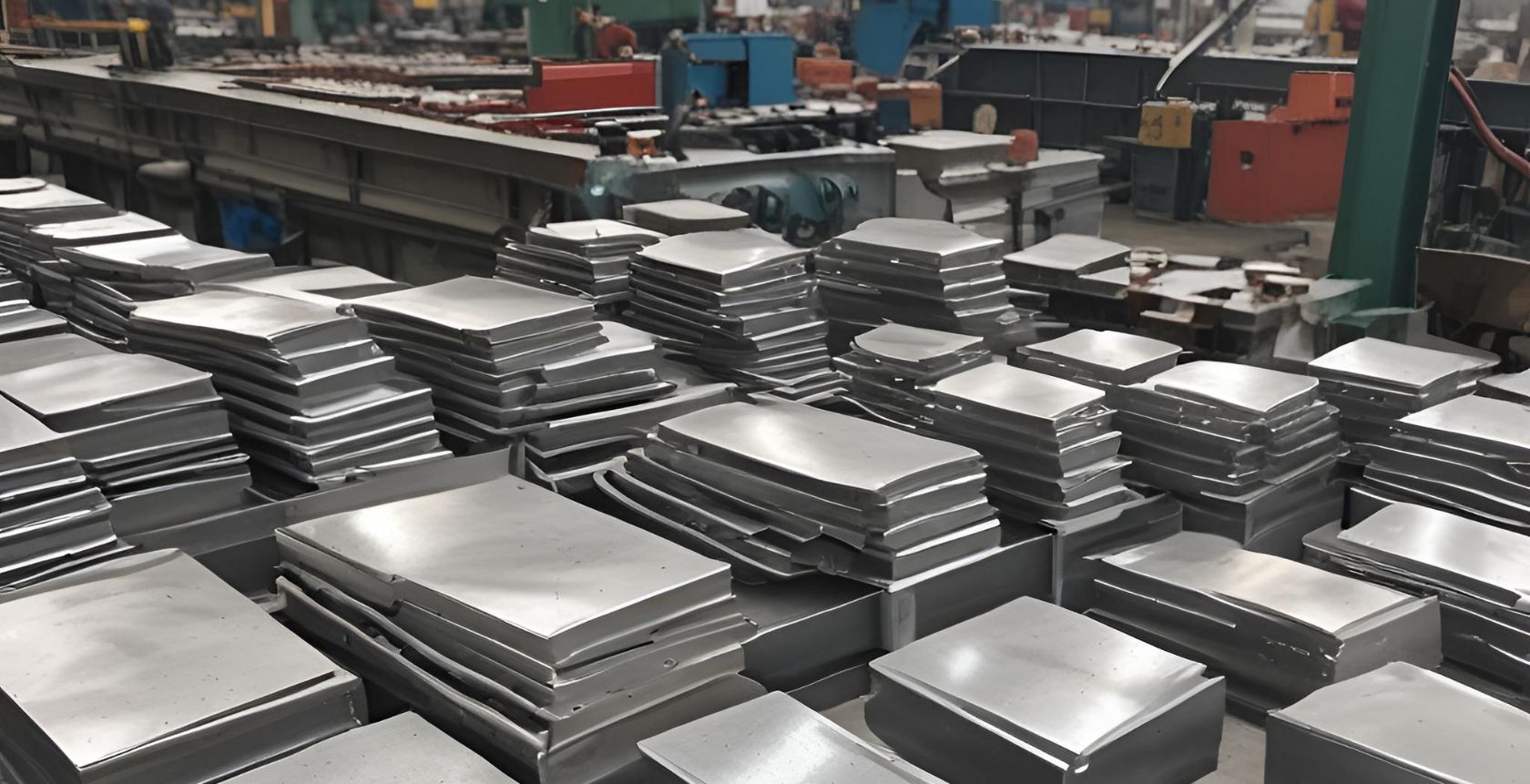
Key Considerations for Stamping Aluminum
1. Material Properties
Understanding the material properties of aluminum, such as its tensile strength, ductility, and hardness, is essential for optimizing the stamping process. Different aluminum alloys exhibit varying characteristics, and selecting the appropriate alloy is crucial for achieving the desired results.
2. Die Design
The design of the die significantly influences the quality and accuracy of the stamped parts. Precision in die design and manufacturing is essential to ensure consistent results and minimize defects. Factors such as die clearance, draft angles, and radii must be carefully considered.
3. Press Selection
Choosing the right stamping press is vital for achieving optimal results. The press should have the appropriate tonnage, speed, and control capabilities to handle the specific requirements of stamping aluminum. Hydraulic and mechanical presses are commonly used for this purpose.
4. Lubrication
Proper lubrication is necessary to reduce friction and wear during the stamping process. The choice of lubricant depends on factors such as the type of aluminum alloy, stamping speed, and desired surface finish. Adequate lubrication helps prevent defects such as galling and scratching.
5. Tooling Maintenance
Regular maintenance of stamping tools and dies is essential to ensure consistent performance and prolong their lifespan. This includes cleaning, sharpening, and replacing worn-out components. Preventive maintenance helps minimize downtime and production interruptions.
6. Process Monitoring
Implementing process monitoring techniques, such as real-time sensors and data analysis, can help identify and address issues during the stamping process. Monitoring parameters such as force, temperature, and vibration provides valuable insights for optimizing the process and improving quality.
Challenges in Stamping Aluminum
Conclusion
Unlock the potential of your projects with high-quality stamped aluminum parts—contact us today to discover how we can meet your manufacturing needs!

